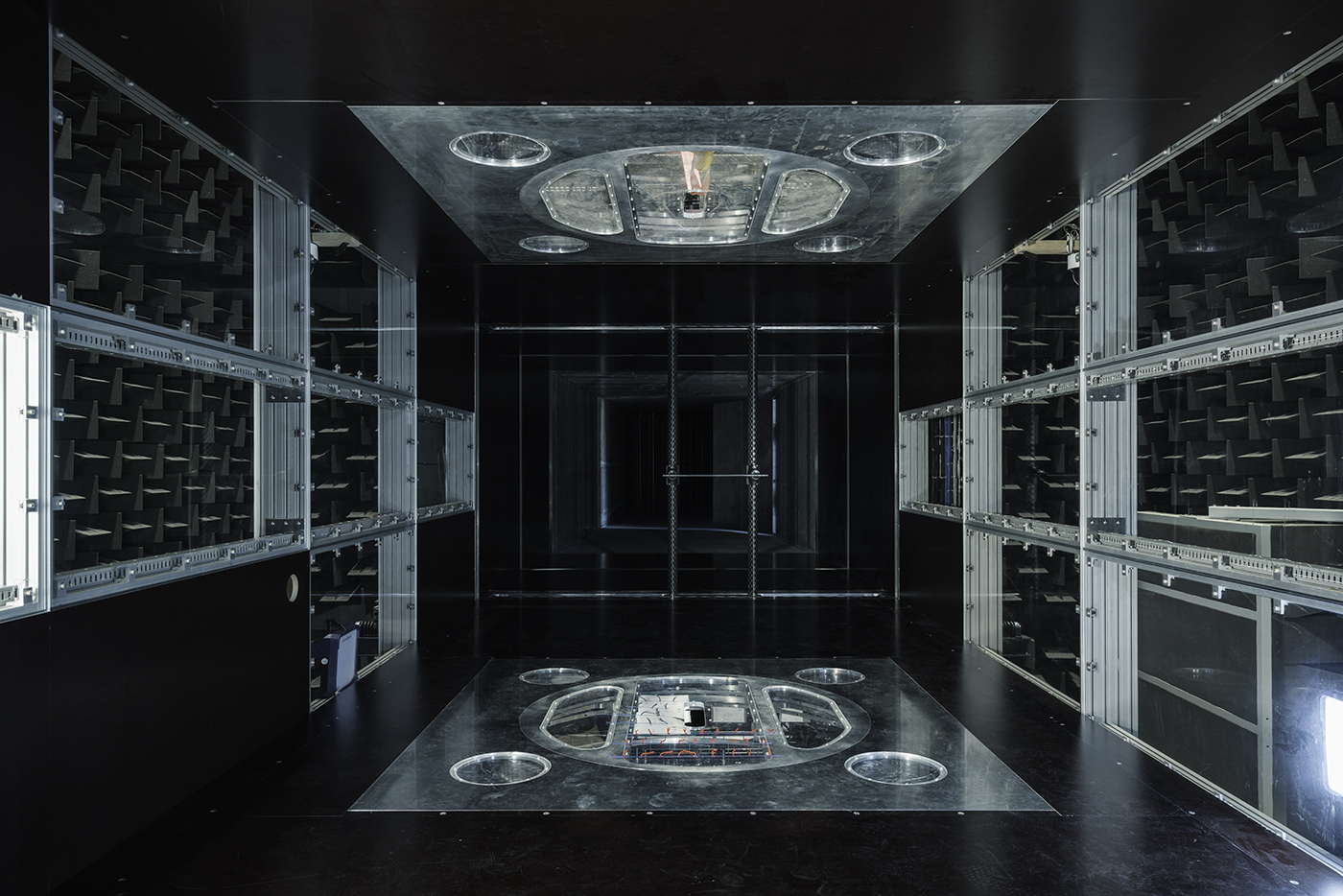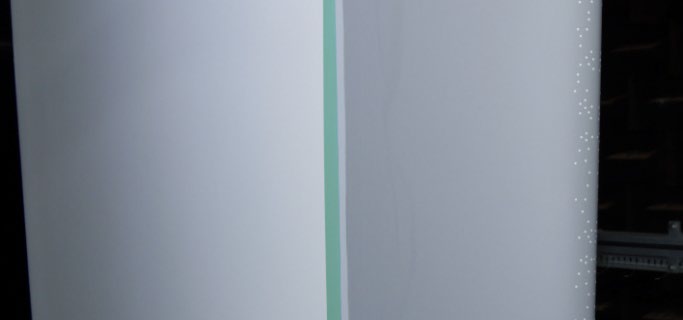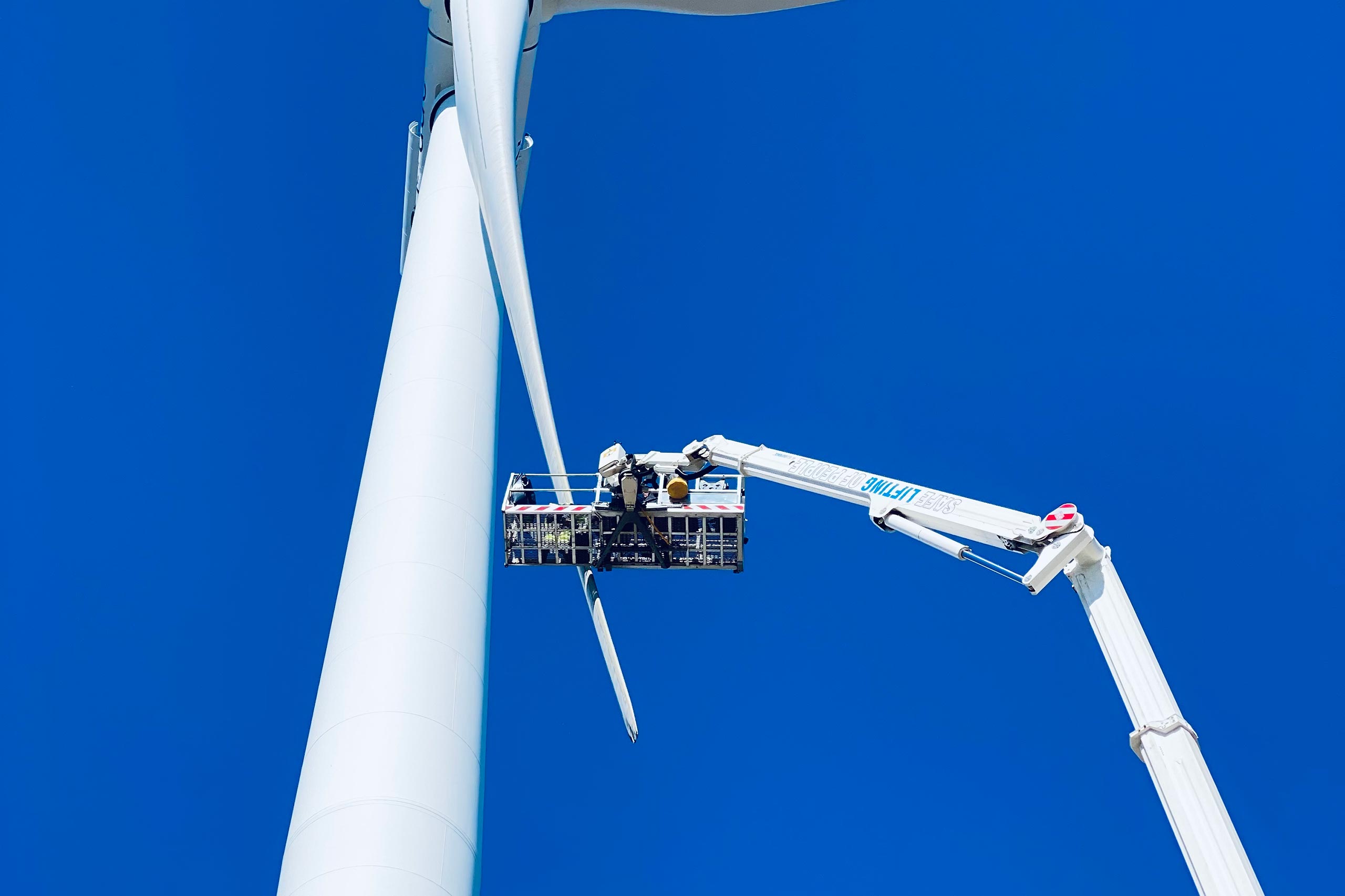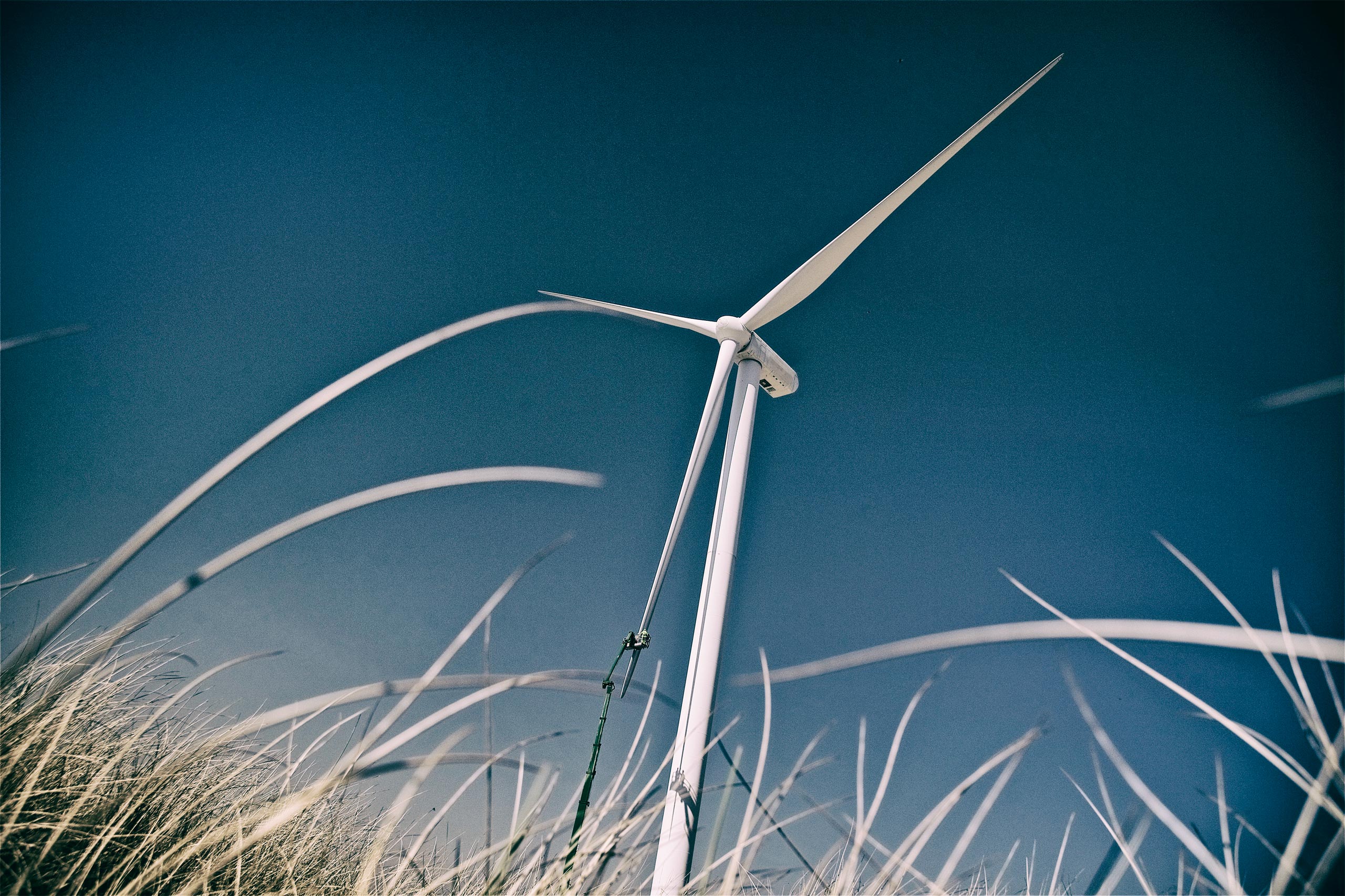You might have heard rumors, claims, or concerns: "Leading edge protection (LEP) solutions lead to annual energy production loss". Such a statement carries a significance, especially considering that the industry is already spending more than 1 billion USD annually to repair eroded leading edges onshore, and these costs will more than double by 2030 (WoodMackenzie, 2022). Any concerns regarding LEP could therefore substantially increase the already high spendings in the wind industry.
As we believe in data and a holistic view to fight leading edge erosion, we have presented a range of studies on how LEP affects the turbine operations. These included wind tunnel tests with the Danish Technical University (DTU) and Vestas investigating the blade’s aerodynamic performance, a DNV-reviewed turbine performance benchmark analysis using data from near-shore turbines in Denmark before and after the installation of ELLE®, and another benchmark analysis showing annual energy production (before and after ELLE®) at an onshore wind park in Canada.
Here are some concerns that the studies clarified:
1) "Wind tunnel tests show that LEP leads to AEP loss " >> True, but…
When tested under perfect conditions in a wind tunnel, erosion and erosion protection (LEP) did lead to AEP loss. But these tests also proved that LEP leads to less AEP loss when compared to even a slight erosion of the surface (erosion categories 1 and 2).


2) "Erosion category 1 and 2 is only a cosmetic issue " >> False
The wind tunnel tests show that category 1 and 2 erosions lead already to AEP losses. In addition to that, as soon as the surface is eroded, erosion progression accelerates leading to early breakthrough. And when this happens, the cost and complexity of the repair increases significantly.
3) "LEP leads to AEP loss in the field " >> False
Benchmark (field) studies on operational turbines showed no AEP loss after installing ELLE® on fresh and on eroded blades. One of the studies in fact revealed that ELLE® stabilized and even increased the energy production and turbine performance slightly across the analyzed wind farm.


4) “As a fresh blade is at its peak of producing the most energy, it is not worth to install LEP in factory " >> False
The DNV-reviewed benchmark analysis proves that ELLE® does not reduce turbine performance even if installed on newly repaired blades. Factory installation of such an LEP solution is cheaper and provides more consistent quality compared to field installation.
5) "Our calculations show significant AEP losses using LEP, and that leads to high energy production costs " >> Let’s have a look…
Many AEP calculations calculate with a perfect blade (i.e., no erosion) and do not consider AEP losses as erosion progresses on the blade. These calculations lead to inaccurate representation of the true state of the blade and the operational environment. They also fail to recognize long-term effects, e.g., how site-specific conditions influence the erosion pattern and progression over the turbines’ lifetime. We have seen many examples where AEP loss from erosion was not considered. But once implemented in the model, these calculations in fact resulted in an AEP gain.

Choosing the right LEP solution is a decision that requires many considerations. A great place to start is at our to get an erosion risk report for your specific turbine site. Once you have this report, you can review your LEP choices keeping the operational environment and overall costs over the turbines’ lifetime in mind.
And while you do this, remember: our ELLE® shell is proven to last your turbines' lifetime.